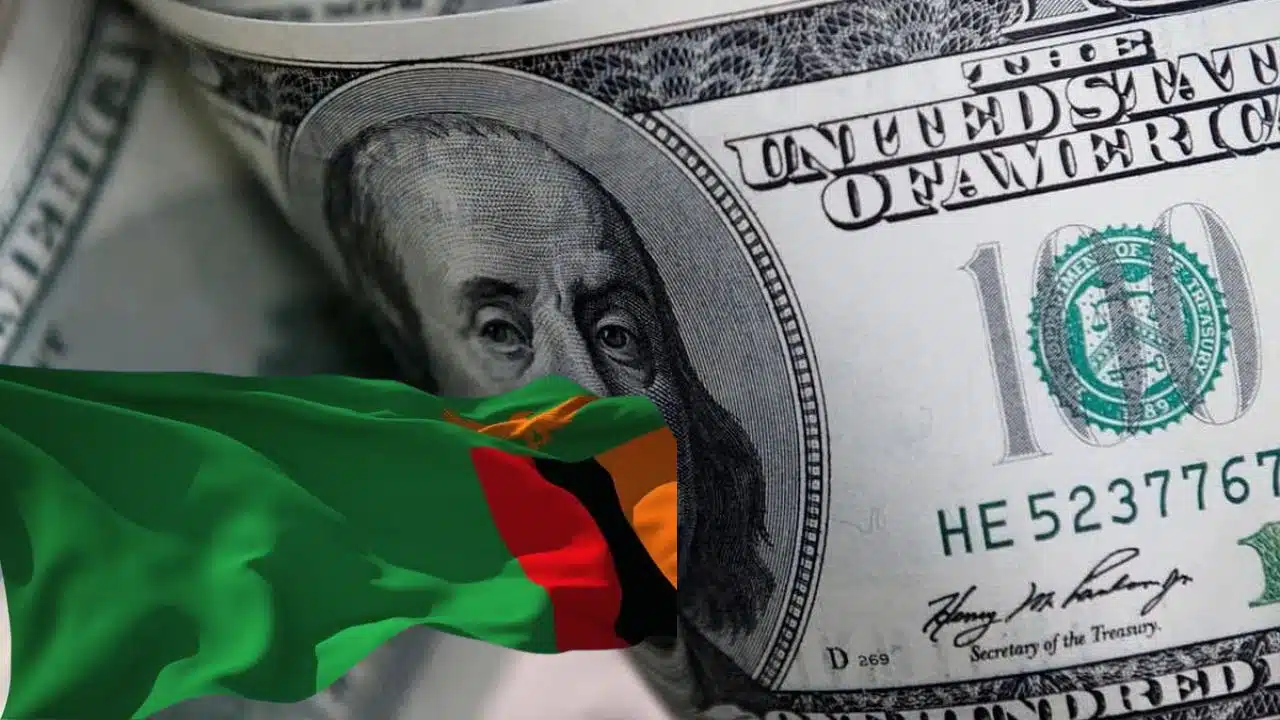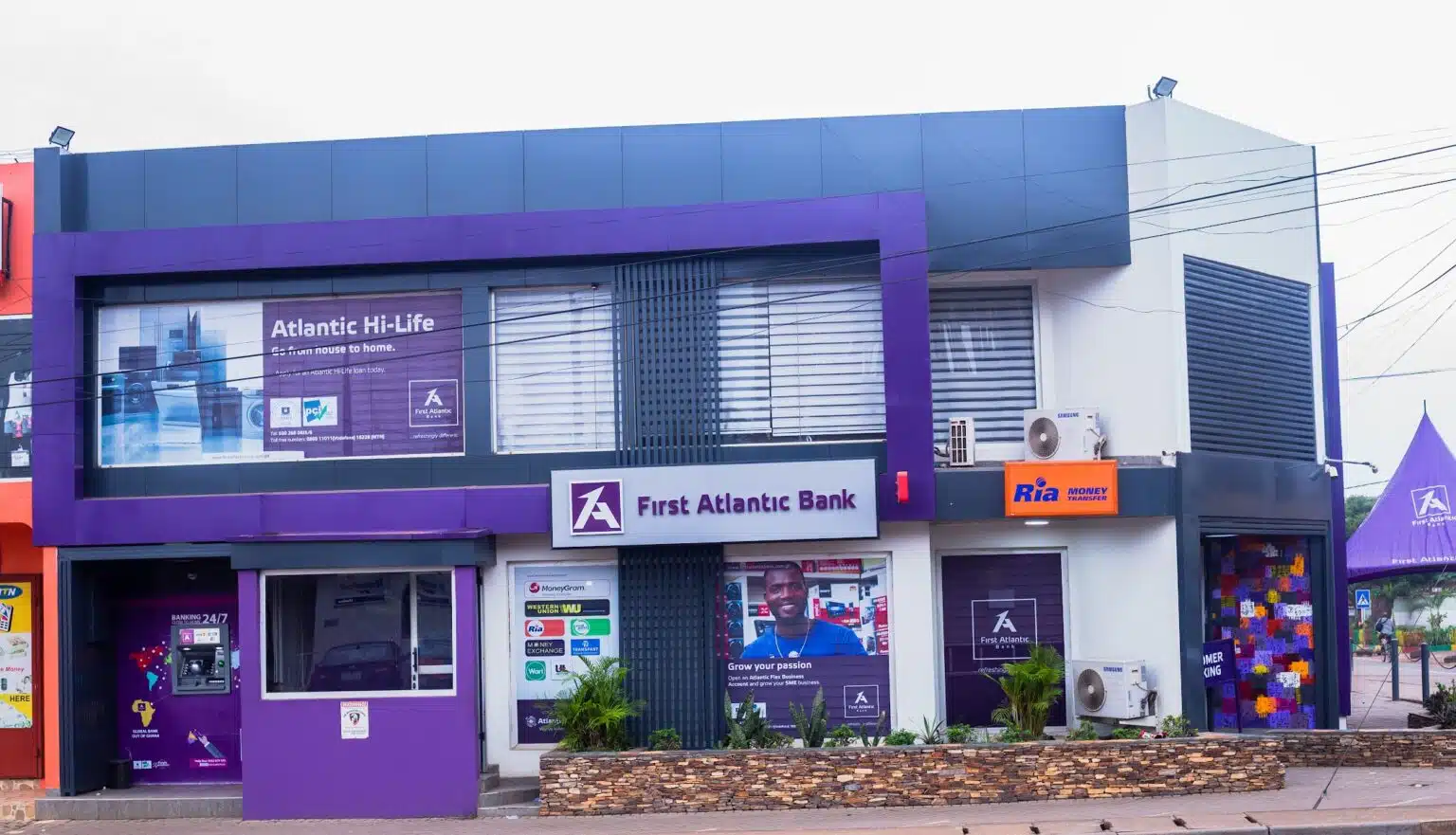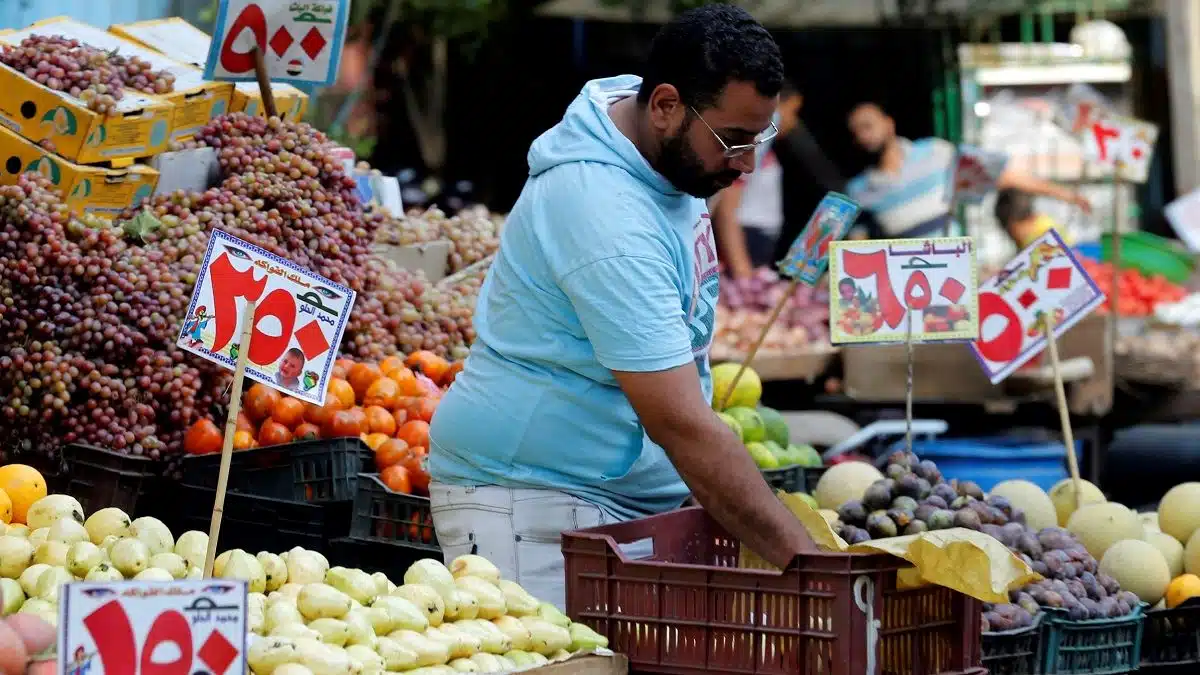Zambia’s foreign exchange reserves surged to a record high of $4.31 billion by the end of December 2024, bolstered by inflows from multilateral lenders.
However, despite this milestone, the kwacha continues to weaken, reflecting persistent economic challenges as the country grapples with the adverse impacts of a historic drought.
Finance and National Planning Minister Situmbeko Musokotwane disclosed the figures on Thursday while addressing Parliament on the country’s economic performance as of January 31, 2025.
The reserve level, equivalent to 4.6 months of import cover, highlights Zambia’s improved liquidity position.
However, the currency market tells a different story. The kwacha depreciated by 0.2% to 28.83 against the dollar on Thursday, marking its eighth consecutive day of losses. So far this year, it ranks as Africa’s fourth-worst-performing currency. Rising import costs for energy and agricultural commodities have fueled demand for dollars, exacerbating currency pressures.
The reserve boost came from inflows provided by the World Bank, the African Development Bank, and the International Monetary Fund.
In a bid to stabilise the currency, the Bank of Zambia recently increased the foreign exchange limit for commercial banks, allowing them to negotiate up to $5 million per transaction—up from $1 million—effective March 6. While the move initially strengthened the kwacha, the gains proved short-lived.
“The effects do phase out, and the real fundamentals kick in,” said Mutisunge Zulu, Chief Risk Officer at Zambia National Commercial Bank Plc. “The supply-demand fundamentals remain unchanged.”
Adding to Zambia’s economic strain is its heavy reliance on hydropower, which generates over 80% of the country’s electricity.
Despite improved rains, major reservoirs remain critically low. The Kariba Dam, the largest hydroelectric reservoir, currently holds less than 10% of its usable water for power generation.
This has forced Zambia to increase electricity imports while households and businesses rely on costly fuel-powered generators amid severe power rationing. With structural challenges persisting, pressure on the kwacha is likely to remain elevated despite record-high reserves.






